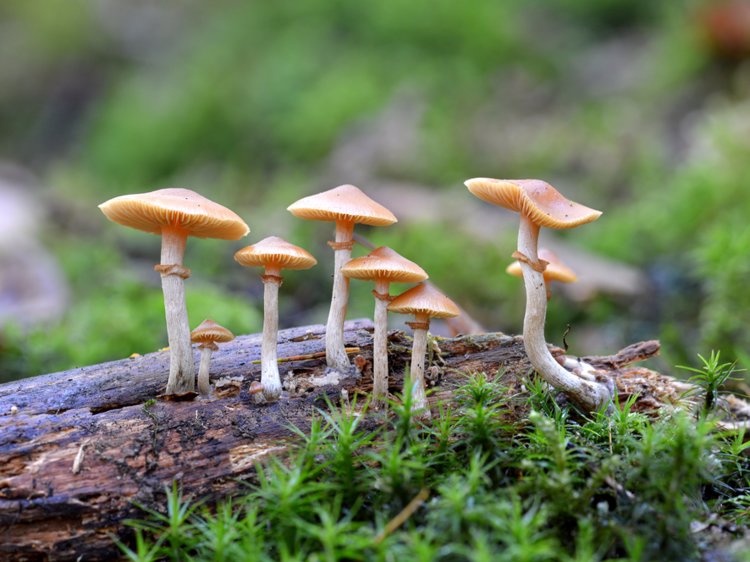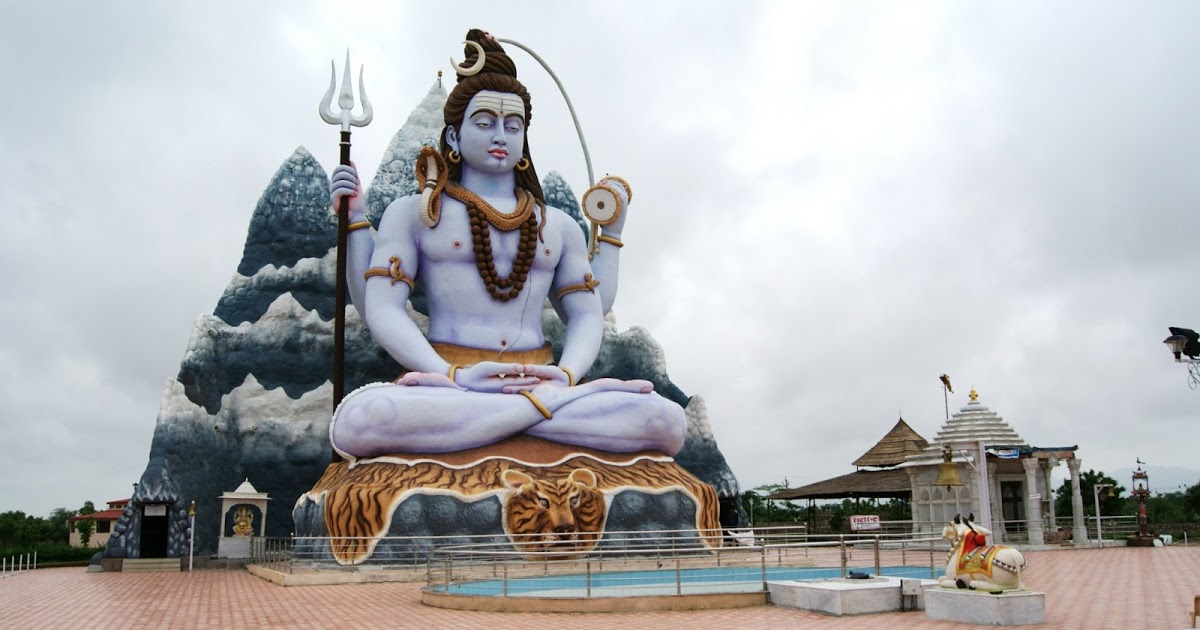
Kumbh Mela: The Largest Peaceful Gathering In The History
Introduction Indians all over the world are known to celebrate festivals with a lot of fervor. The main motive behind celebrating these festivals Hindus believe that it is a way to please the ultimate entity in hope of getting salvation. One of such festival is the world-renowned Kumbh Mela. It is held in every three years. It is basically a pilgrimage filled with faith and devotion for the Hindus, held to rinse off all the past sins. There are lakhs of people who gather in the 4 different cities to celebrate this festival. Where is it held? Kumbh Mela is held in 4 most sacred cities in India, on a rotational basis. The locations are Nashik on the banks of Godavari river Ujjain on the banks of Shipra river, Haridwar on the banks of Ganga River and at the Sangam of Ganga, Saraswati and Yamuna rivers in Prayag. When is it held? The Kumbh Mela is held on every 12th year in a particular city. In other words, it is held on every 3rd year in one of the four cities. However, the exact date and time of the largest peaceful gathering in history are determined on the basis of astrological predictions only. The story behind Kumbh Mela! Kumbh refers to a pitcher or pot. Mela refers to a gathering or festival. Combining both the words comes out to be a festival of the pot. According to the Hindu mythology, the pot here is the nectar pot. The story goes like this that once upon a time, all the Gods lost their ultimate strengths. In order to get back their strengths, all the Gods agreed to undertake the procedure of churning of the primordial ocean filled with milk known as Amrit. It was a pact that all will share this nectar equally. However, a dispute aroused and all of them started fighting which continued till 12 long years. During the fight, a bird named Garuda flew away taking the pot of nectar. It is believed that the drops of the nectar have fallen at 4 places namely Nashik, Haridwar, Prayag, and Ujjain. Sadhus and Sages attending the Kumbh Mela: The sadhus and other sages are an integral part of this mela. Many people who come to witness this gathering come especially to listen to their learnings as they might also get the enlightenment. The types of Sadhus that attend Kumbh Mela are;
- Ash Smeared Nagas
- Urdhwavahurs
- The mute ones called Parivajakas
- Shirshasinse
- Kalpvasis
- Hindus are of a firm belief that the devotees who get the opportunity to bathe in these sacred times and in sacred waters are blessed eternally by the Almighty Gods. All their past and present sins are washed away and they are free from the non-ending cycle of rebirth. They move a step nearer to the ultimate salvation.
- The Biggest Mela in India is conducted on the particular auspicious dates and time when it is believed that the water in the rivers has converted into nectre. The analysis and study of the zodiac positions of Moon, Sun, and Jupiter determine this date and time.
- The story behind the holy mela goes back in the times when Gods known as devas used to live on the earth. The curse effect of the sage durvasa snatched all the strengths of the devas making them very weak and powerless
- It is believed that Lord Brahma advised the Gods to churn out the complete nectre of amrit with the help of asuras. When the plan was changed secretly as asuras were informed that Gods were planning not to share the nectre with them, they chased the Gods for 12 long days. During the entire battle, the nectre fell on 4 above mentioned rivers.
- Many holy men named as Nagas (who prohibits wearing clothes), Kalpwasis (who bathe thrice a day), Urdhawavahurs(who puts their bodies through various punishments), etc. come to perform various sacred rituals belonging to their respective groups.
- The mela has various hospital setups with 24*7 medical staff facility along with facilities for washrooms and bathrooms and the police officials to maintain peace and law and order. It is estimated to create over 6 lakh jobs during its set up.
- This gathering is over 2000 years old. The early shreds of evidence were found in the Xuanzangs India visit during the period of King Harshavardhana.














